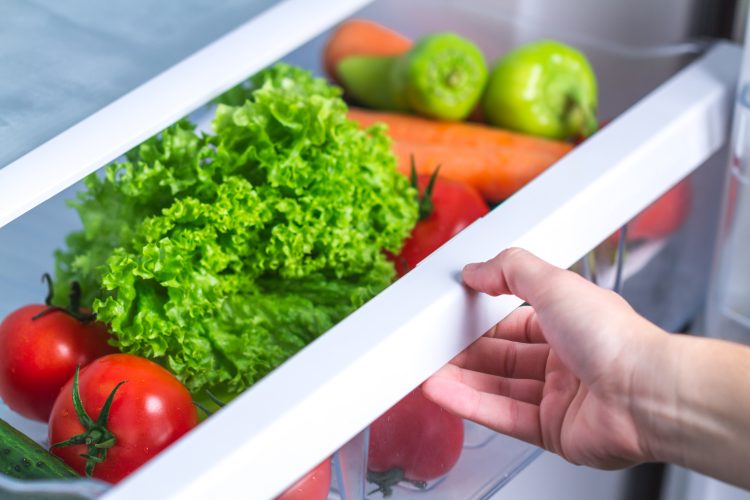Does refrigerating lettuce prevent E.coli contamination?
- Like
- Digg
- Del
- Tumblr
- VKontakte
- Buffer
- Love This
- Odnoklassniki
- Meneame
- Blogger
- Amazon
- Yahoo Mail
- Gmail
- AOL
- Newsvine
- HackerNews
- Evernote
- MySpace
- Mail.ru
- Viadeo
- Line
- Comments
- Yummly
- SMS
- Viber
- Telegram
- Subscribe
- Skype
- Facebook Messenger
- Kakao
- LiveJournal
- Yammer
- Edgar
- Fintel
- Mix
- Instapaper
- Copy Link
Posted: 4 March 2024 | | No comments yet
Researchers from the University of Illinois Urbana-Champaign have found that some leafy greens are more susceptible to E.coli while refrigerated than others.


A new study has sought to investigate why some leafy greens are more susceptible to E.coli contamination than others, and why refrigerating some might not actually help things.
Leafy green vegetables are important sources of dietary fiber and nutrients, but they can harbour harmful pathogens. In particular, lettuce has often been involved in outbreaks of foodborne illness across the US.
A new study from the University of Illinois Urbana-Champaign examines factors that affect E. coli contamination on five different leafy greens – romaine lettuce, green-leaf lettuce, spinach, kale, and collards.
“We are seeing a lot of outbreaks on lettuce, but not so much on kale and other brassica vegetables. We wanted to learn more about the susceptibility of different leafy greens,” said lead author Mengyi Dong, now a postdoctoral research associate at Duke University.
The researchers infected whole leaves from each of the five vegetables with E. coli O157:H7 and observed what happened after storage at 4° C (39° F), 20° C (68° F), and 37° C (98.6° F). Overall, they found that susceptibility was determined by a combination of temperature and leaf surface properties such as roughness and the natural wax coating.
“At room temperature or higher, E. coli grows very fast on lettuce, but if lettuce is refrigerated at 4° C (39° F), we see a sharp decline in the E. coli population. However, for waxy greens like kale and collard, we get the opposite results. On these vegetables, E. coli grows slower under warmer temperatures, but if it is already present, it can survive longer under refrigeration.”
Even so, kale and collard are overall less susceptible to E. coli contamination than lettuce. Furthermore, these vegetables are usually cooked – which kills or inactivates E. coli – while lettuce is consumed raw. Rinsing lettuce does help, Dong said, but doesn’t remove all the bacteria because of their tight attachment to the leaf.
The researchers also inoculated cut leaves with E. coli O157:H7 to compare the intact surface of a whole leaf to the damaged surface of a cut leaf.
“Whole leaves and freshly cut leaves present different situations. When the leaf is cut, it releases vegetable juice, which contains nutrients that stimulate bacterial growth,” Dong explained. However, the researchers found that spinach, kale, and collard juice actually exhibited antimicrobial properties that protect against E. coli.
To further explore these findings, they isolated juice (lysate) from kale and collards and applied the liquid to lettuce leaves, finding that it can be used as a natural antimicrobial agent. The potential applications could include antimicrobial spray or coating to control foodborne pathogen contaminations at both pre-harvest and post-harvest stages, the researchers said.
“We can’t completely avoid pathogens in food. Vegetables are grown in soil, not in a sterile environment, and they will be exposed to bacteria,” said co-author Pratik Banerjee, associate professor in FSHN and Illinois Extension specialist.
“It’s a complex problem to solve, but we can embrace best practices in the food industry and food supply chain. There’s a lot of interest from the research community and federal agencies to address these issues, and the USDA imposes high standards for food production, so overall the U.S. food supply is quite safe.”








